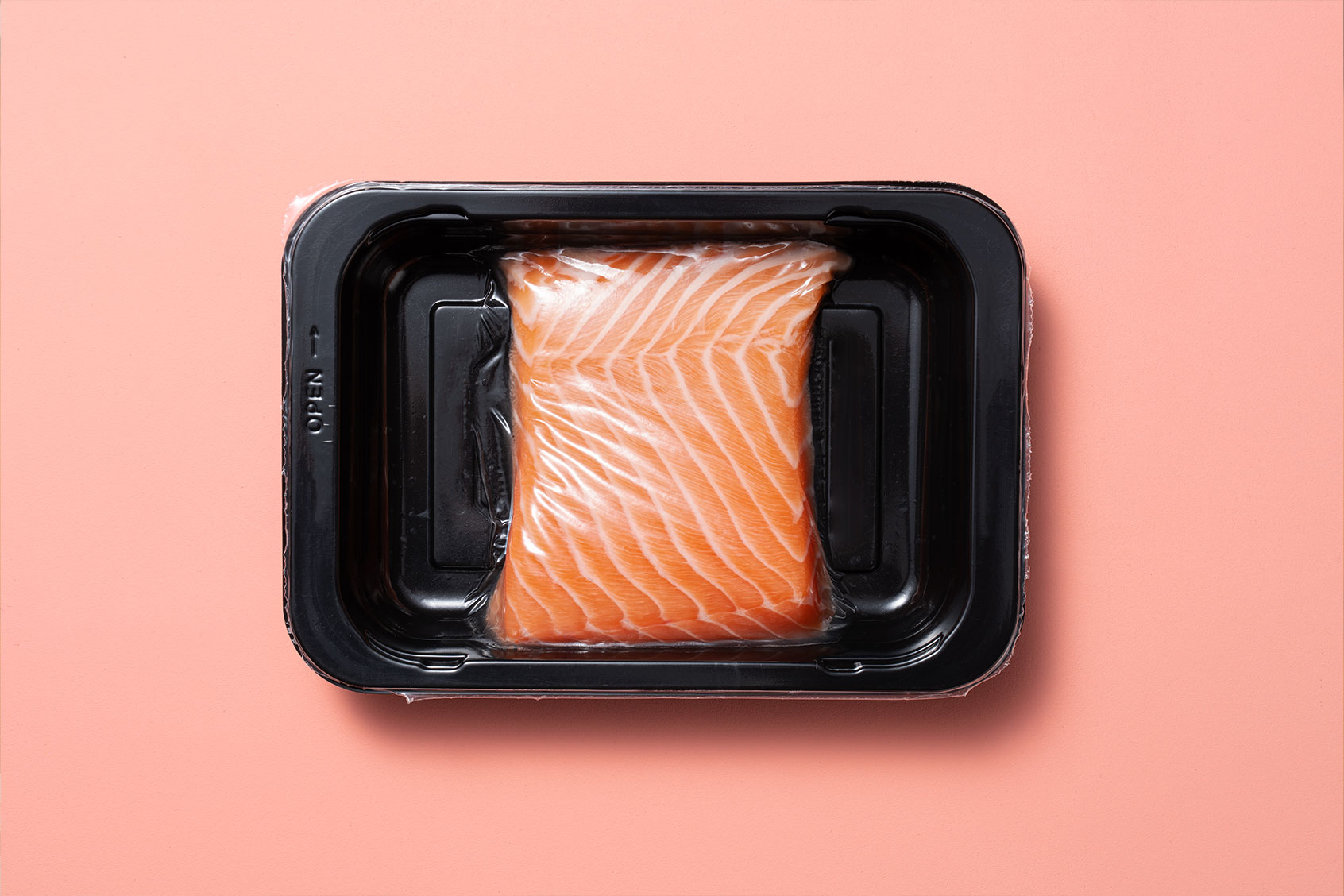In an episode of our podcast, “What You’re Eating,” we talked to experts all about salmon, wild and farmed. In the episode, we get into the details of fish farming — of salmon, and other fish, too — and how it replicates some of the environmental problems we see in land-based factory farms for animals like chickens and pigs. In short, for most fish and crustaceans (there are exceptions!), wild is preferable to farmed. This is definitely true for salmon.
On the show we ask the experts where you can buy wild salmon and how to make it more affordable. Here are their top tips for buying wild salmon.
Head to the freezer section
Unless you live in a place where wild salmon thrives — Alaska, Washington, Oregon, California — your best bet is to find wild salmon in the freezer case. You might be drawn to the pretty filets and steaks on beds of ice at the fishmonger’s case, but those were frozen once, too. Now they’ve been defrosted and sitting around for a bit.
As seafood writer Paul Greenberg told us in the episode, “Often, weirdly, they’ll mark up the price, because it sort of has this air of freshness and people think, oh, that’s really, that’s what I want. And they’ll pay the top dollar for it. And it’s, frankly, an inferior piece of fish. So what I always do is I go to the frozen counter. What you want are those individually vacuum sealed, frozen portions, that were frozen literally seaside as they came out of the water.”
Buy canned salmon
Paul Greenberg also advised that the pink salmon used for canned salmon is a delicious, sustainable and fairly affordable alternative to canned tuna.
“It’s almost always wild. There’s no canned farmed salmon to my knowledge. And to me, that’s a pretty nice switch because you get higher omega 3s than tuna, you get low to non-existent mercury and you’re buying from a largely sustainable fishery. So, canned tuna is usually a buck fifty, two bucks. Canned salmon is more like $3, $3.50, but it’s not that big a difference and you’re stretching it out anyway with celery and onion and mayo.”
Buy direct from fisherpeople
Buying direct is always a good idea, and this is especially true with wild seafood, where complicated supply chains can throw the origin and sustainability of your fish into doubt. Thankfully, it’s increasingly easy to buy salmon directly from sustainability-minded fishers, even if you live far from them.
Direct sales are especially important for Indigenous tribes that have been managing their fisheries sustainability for millenia. One of our podcast guests, Buck Jones, is the salmon marketing specialist for the tribes who fish on the Columbia River in Oregon; his organization has information about how to buy directly from Indigenous fishers on the Columbia River, for example. Some local websites have guidance on how to buy locally and sustainably in specific regions, including this excellent tourism-based page about buying local Oregon salmon when on the coast.
For more general guidance on which salmon species, in which locations, are better to avoid, see Monterey Bay Aquarium’s Seafood Watch. For some ideas of direct sales of Alaskan salmon, see this marketplace page from nonprofit Salmon State.
Avoid overfished populations
Not all wild salmon populations are good, sustainable choices right now. Some salmon populations are overfished and should be avoided. As she explains on the podcast, Chef Renee Erickson of Seattle hasn’t been serving local king (Chinook) salmon at her restaurants for nearly five years because its population is low in her area and she wants to support the other wildlife who rely on those fish.
Right now — though it’s always good to pay attention as these situations evolve — Bristol Bay Alaskan sockeye salmon is plentiful, so it’s a good choice. For guidance on other sustainable choices, refer to the Monterey Bay Aquarium’s seafood buying guide, Seafood Watch.

